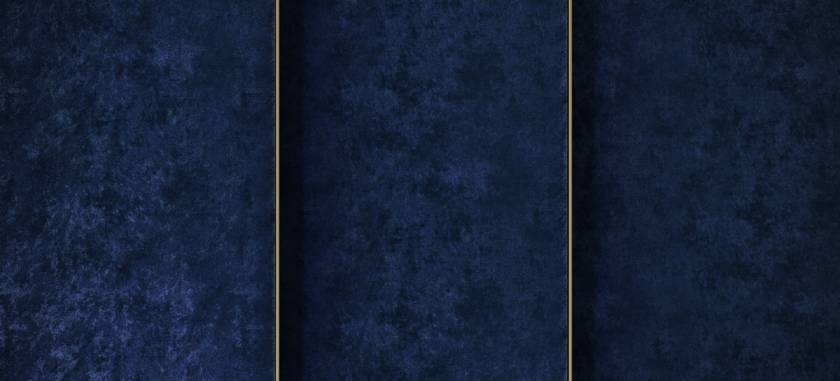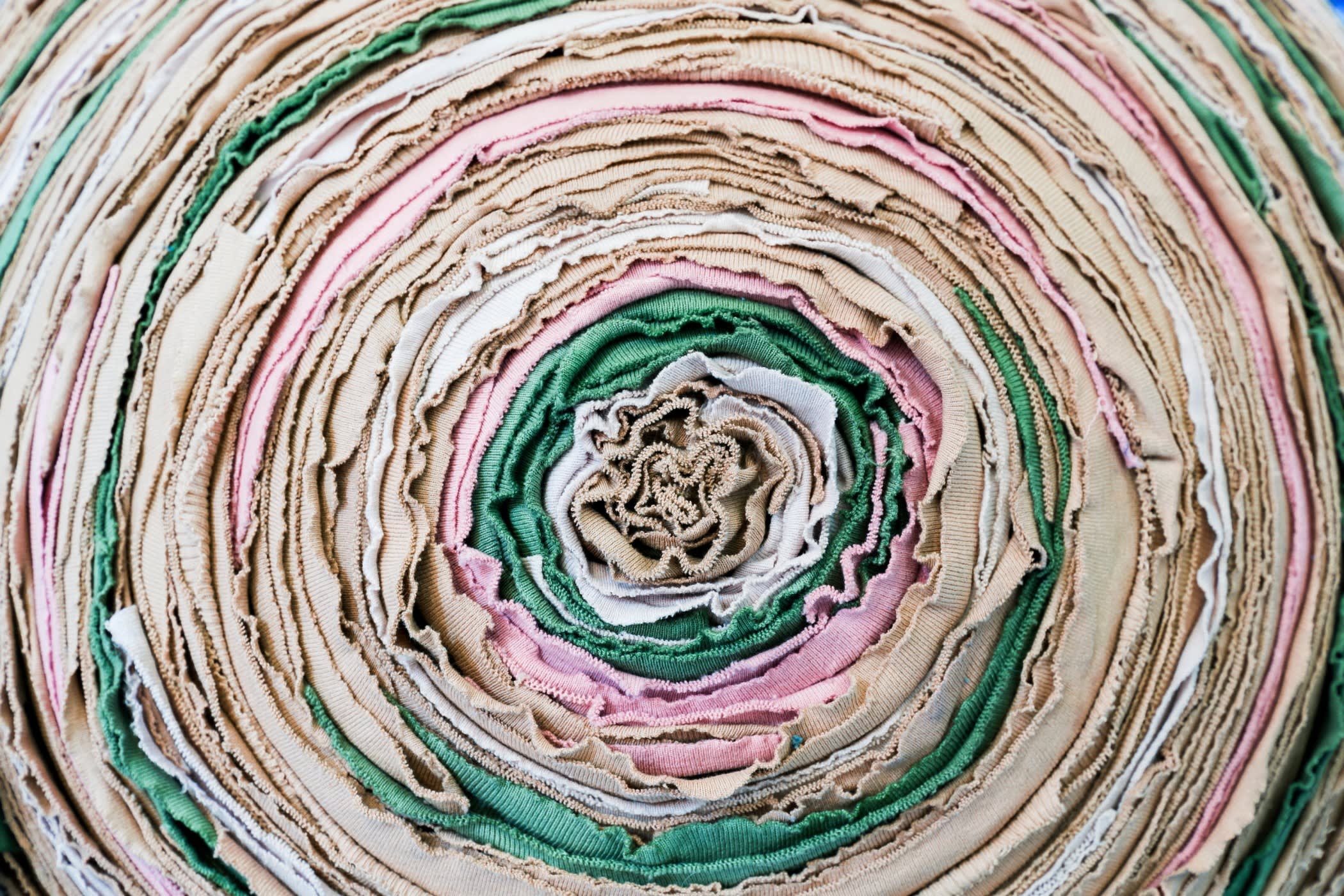Modal : Sustainable Rayon



| Fabric | Modal |
| Types | Viscose rayon and Lyocell |
| Major Producers/Exporters | China, India, Pakistan, Indonesia, Germany, Austria, and The United Kingdom. |
| Used For | Sportswear, underwear, T-shirts, bed sheets |
| Thread Count | 150-300 |
| Breathability | High |
Modal is basically a type of rayon that is made particularly from high quality cellulose. Two kinds of modal are available, one is polynosics and the other is high-wet-modulus (HWM). HWM is a modified version viscous that is stronger when wet. Modal is a semi-synthetic fabric because the base material for modal rayon is the cellulose from the pulp of a birch tree or an oak tree. Modal is a luxurious fabric and is known for its softness. It is often blended with other fibres like cotton or spandex for enhancing its strength.
Some things about Modal
Modal is a kind of rayon with a blend of organic cellulose. It is more durable and flexible than any other versions of rayon. The raw tree materials undergo a complex processing technique before it transforms into weavable fibre. Modal rayon happens to be more preferable than viscose rayon for its cost effectiveness in production. Sheets of extracted cellulose are submerged in sodium hydroxide which breaks them into crumb size pieces. It is then immersed in carbon disulfide to produce sodium cellulose xanthate which is further soaked in sodium hydroxide. The fibres are formed after this.The modal fabric is obtained after bleaching, washing drying the weavable yarns from the fibre.

History of Modal
Modal was originally developed in Japan in 1951 as an alternative to silk. Later the Austrian company Lenzing AG took over the modal production and today it is this company that produces most of the Modal fabric. It has a trademark for this fabric and its brands include Lenzing Modal, China Modal and Formatex.
Why should we choose Modal fabric?
Modal is a very convenient fabric. The fabric is stretchable which makes it flexible. The fabric is highly breathable. Modal is incredibly soft and absorbs water. Modal fabrics drape well. The fabric is durable and resistant to pilling. It is lightweight which makes it easy to carry. The fabric shrink or crease therefore is a preferred fabric for garments like yoga clothes. It absorbs dye very well in warm water and does not bleed during the process nor during laundering.
Applications of Modal
Sportswear, underwear, T-shirts, bed sheets are popular modal materials. Yoga clothes take up modal fabric for its unique stretchability that allows flexible movements. Its high moisture wicking profile makes the fabric a popular choice for bed sheets.
When to launch Modal materials?
Modal attires are suitable for any season. Summer can be the best shot for launching such dresses due to its lightweight and breathable properties.
Leading manufacturers of Modal
Modal is primarily produced by Lenzing AG which is a textile giant in the field manufacturing rayon. Lenzing AG has its biggest modal fabric factory in China. Other countries where this fabric is produced are India, Pakistan, Indonesia, Germany, Austria, and the United Kingdom. Although Japan is the origin country of this fabric, today the country produces a limited amount of modal fabric. The United States of America produces a small amount of modal rayon.
Types of Modal
Viscose rayon and Lyocell are the two types of modal rayon. Viscose rayon is highly similar to modal rayon, and it is often rightly considered as a predecessor to modal fabric. Although it is more harmful for the environment. Lyocell is the only derivative that can be considered as organic since the cellulose is not chemically altered in the process of production. Almost all of the world's lyocell is made by an Austrian international corporation called Lenzing AG.
Environmental Impacts
While rayon is definitely detrimental for the environment, modal rayon is comparatively environment friendly. This is especially so when compared to Viscose rayon. However, the use of carbon disulfide in the processing of modal fibres may give rise to certain concerns. Carbon disulfide is known as a neurotoxin which contaminates water. Both animals and human beings, when exposed to carbon disulfide, may undergo damaging effects on health. The workers may suffer from blindness or psychosis or certain organ damage. While only the cellulose is used in the manufacture of modal fabrics, the rest of the tree is getting wasted which is a serious negative effect on the environment. Steps must be taken to install chemical scrubbers or machines to trap carbon disulfide so that the toxin doesn't come in contact with the workers and the environment. As a semi synthetic material, modal cannot gain certification for organic fabric. Modal fabric certification is however available from the PEFC for obtaining the cellulose from sustainably harvested forest.



















